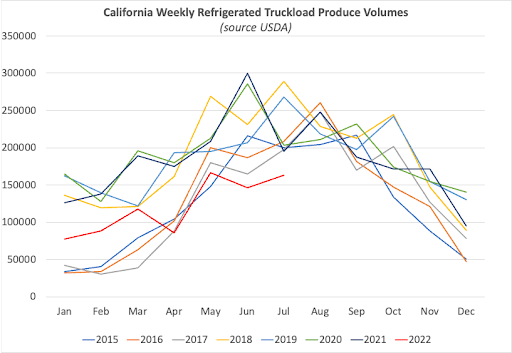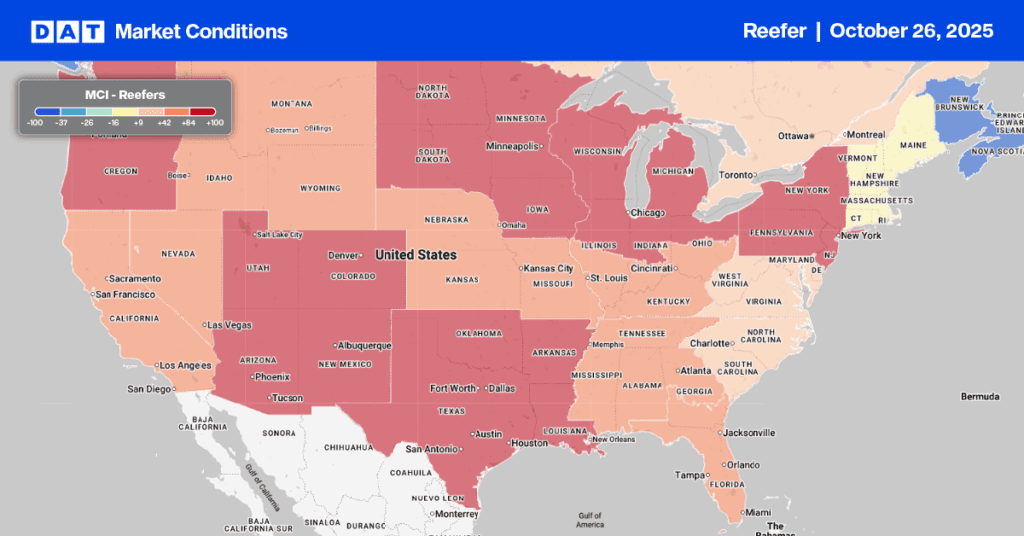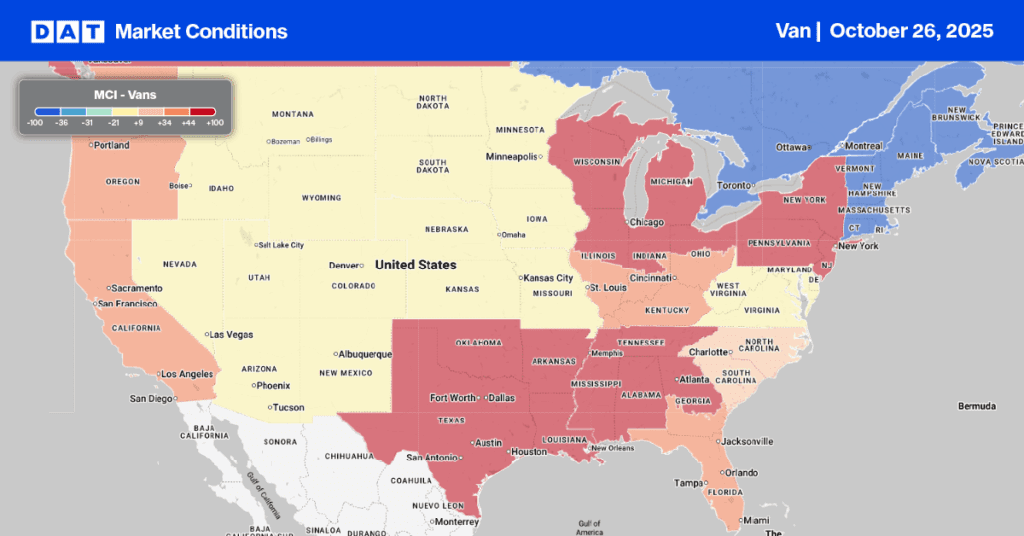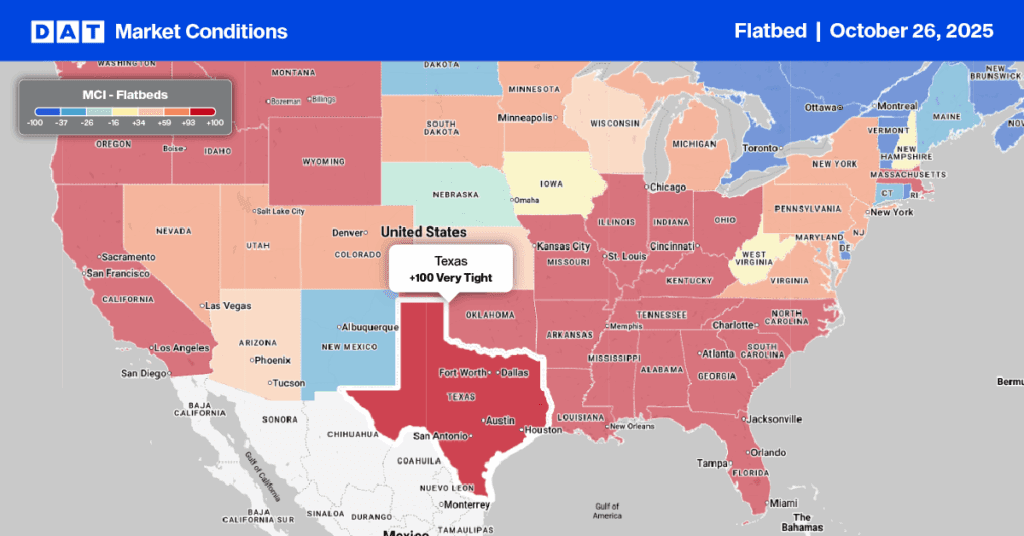The further we get into summer, the worse it gets for California farmers and refrigerated truckload carriers. According to the California Farm Water Coalition (CFWC), “state farmers fallowed 395,100 acres of cropland last year, resulting in more than 14,000 lost farm jobs and $1.7 billion in revenue losses.
The organization estimates this year will be worse, with 594,000 to 691,000 acres fallowed, up to 25,800 lost jobs, and nearly $3.5 billion in economic losses.” An additional 75% increase in fallowed farmland has meant the usually booming produce in California has been lackluster at best.
According to the USDA:
- Reefer truckload volumes are down 36.5% year-to-date.
- Even though citrus data is missing or incomplete for 2022, when excluding lemons, oranges, and tangerines from the data, 2022 is down 8.7% from 2017.
- Avocados are up 24% year-to-date and ranked 10th in volume for 2022.
- Strawberries are up 12% y/y and ranked 2nd in volume for 2022.
- Lettuce is down 3% y/y and ranked 1st in volume. In prior years, oranges ranked number 1.
It’s not just fruit and vegetable growers that are affected; farmers and ranchers unable to grow as much pasture for hay feed have reduced livestock herds to make it through the season. Although livestock ranchers represent only a fraction of statewide impacts on agriculture, they represent the more significant impact of the sustained drought and severe cutbacks in water deliveries this year.
Get the clearest, most accurate view of the truckload marketplace with data from DAT iQ.
Tune into DAT iQ Live, live on YouTube or LinkedIn, 10am ET every Tuesday.
The West is running out of water – how bad is it?
According to Mendocino County Farm Bureau Executive Director Devon Boer, “In the Redwood Valley, this is the second year that the water district has not been able to provide any water to their agricultural customers. For those who don’t have any alternative water sources, decisions had to be made to reduce plantings of annual crops, thin fruit on permanent crops such as winegrapes or, if economically viable, haul water in.” In Ensenada, Mexico, on the Baja Peninsula, the last city in line for water from the Colorado River, residents have been without water service for months, sparking protests and demands for change. The city is bearing the brunt of the drought ravaging the Western United States.
According to the U.S. Drought Monitor, as of last week, the entire state of California remains under drought conditions, with more than 97% of the state suffering conditions considered “severe.” The Colorado River Basin, which operates as a lifeline for 40 million people across seven states, is drying up. Lake Powell has been at its lowest water level since 1969. Further downstream, Lake Mead has dropped to its lowest level since 1937, two years after the completion of the Hoover Dam.
What does this mean for truckload carriers in California?
A more significant concern for truckload carriers is the longer-term trend resulting from the multi-year drought California is experiencing. Weekly truckload produce volumes are at their lowest July levels since 2015, and given the rapid changes in West Coast climate patterns, it follows that truckload volumes could be much lower in coming years. Suppose all of that’s not bad enough. In that case, a recent study by Science Advances shows climate change has already doubled the chances of a disastrous megaflood in California in the next four decades. It is predicted to turn much of the Central Valley produce growing region into a vast inland sea, resulting in losses five times greater than Hurricane Katrina.
California’s Governor Newsom has declared desalination, which takes ocean water and removes salt and other elements to make it drinkable, “a key tool to addressing drought.” Growing the state’s capacity to turn Pacific Ocean seawater into usable water would seem a logical next step, and for farmers, that can’t come soon enough.



